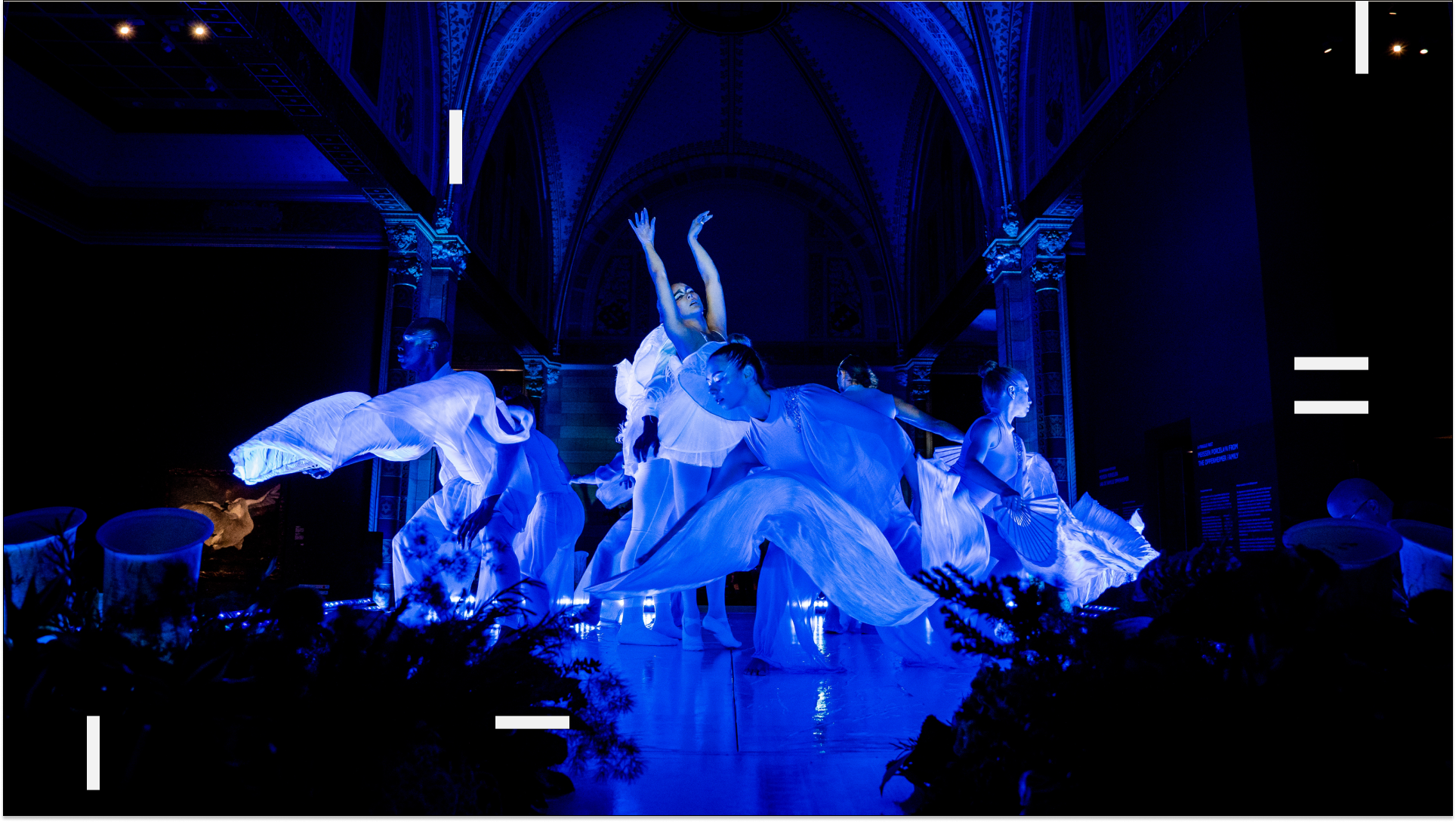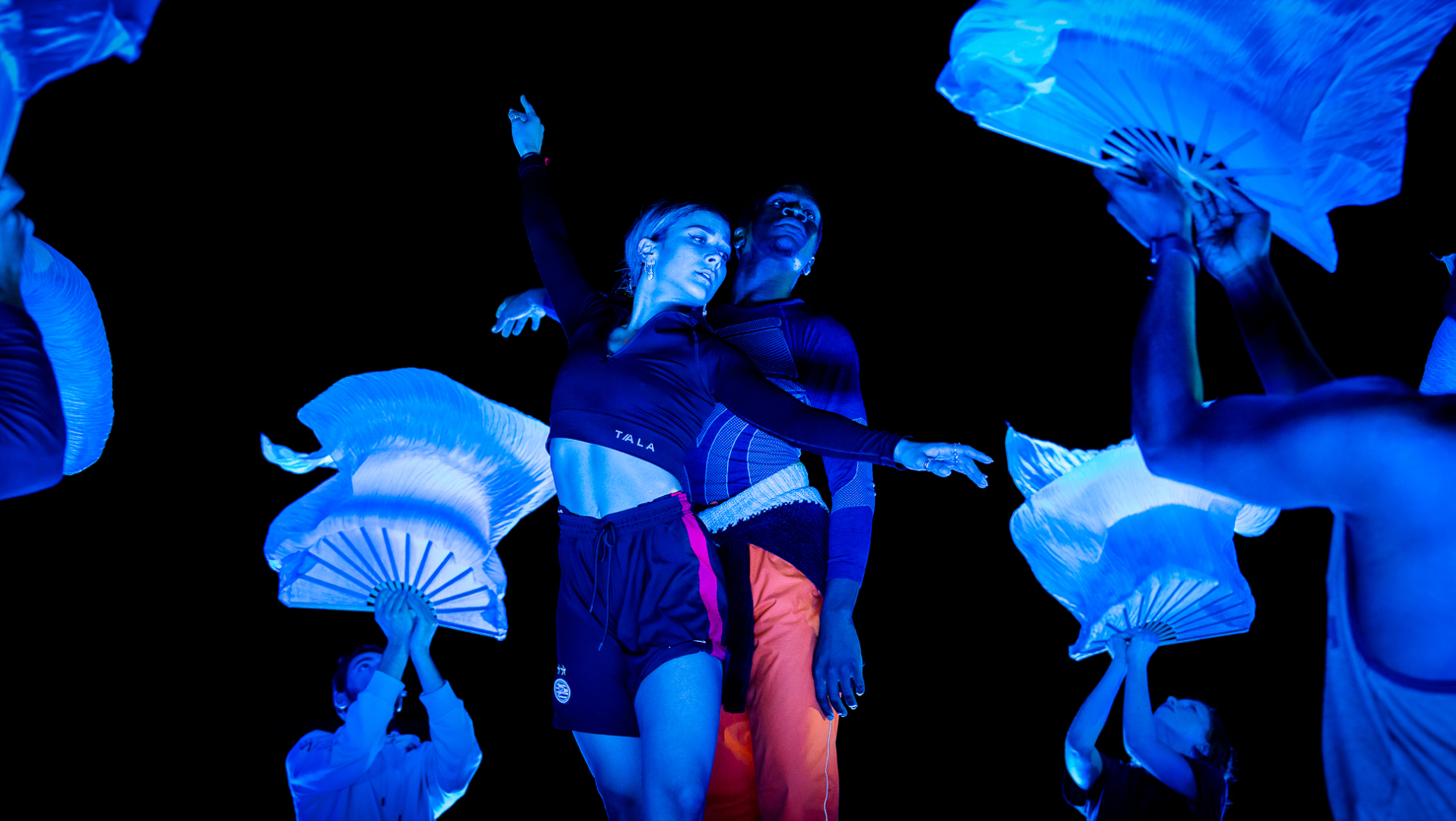Event Trends to Look Out for in 2024
Empowerment, experience and meaning can be made practical. Take the lead with these 3 key event trends.
Creating a custom live show for an exclusive dinner in a high-end, national museum. A once in a lifetime opportunity. The venue involved a historical site, giving this opportunity its own set of challenges. Not the least involving elaborate security measures for the safety of world famous artworks. As it was a Board of Directors (BOD) dinner, it involved many stakeholders. Each with their own views, needs and expectations. Countless lines intricately woven through one another. Sounds beautiful, but if you trip just a little, everything gets tangled and you’re left with nothing but a complicated knot. Thus is the challenge of managing complexity. How do you break down complexity so that it becomes manageable for your team? Also, how do you manage your client, without burdening them with elaborate structures? How to make complexity truly look effortless? In this article, we will explain all this and more.

As any event professional will know, locations that aren’t built for events need a lot of preparation. For example, this location did not have a stage nor a designated area for it. On top of that, this historical site hosted valuable artworks under strict security protocols. Thus we were exceptionally limited in the amount, size and type of equipment we were allowed to bring in. The dinner area itself was unusual in size and dimensions, but we were prohibited to plan regular rehearsals in the actual space. On top of that, the one chance we did have to do a run through, we had eight hours in total – including load-in and out – and everything had to be spotless by the end of it. After all, the site was still in use during the day. All this offered no room for trial and error on site.
8 hours to load in, assemble a custom stage, rehearse a custom show and load out, leaving the venue spotless.
So, how did we tackle this? Before we can begin to solve this complex situation, we need to understand what “complexity” actually is.
Complexity noun
com·plex·i·ty
A whole made up of intricately combined and interrelated parts
A collection of interwoven lines, if you will. To tackle the sum, let’s look at their individual parts. People often say those are easier to handle anyway.
All challenges that we described previously, point to the eternal struggle of an event professional: a lack of time. Next to that, the various communication lines (and their feedback loopholes) had to be managed. After looking at the individual parts (the custom stage, technical requirements, strict loading times etc.) we determined two main goals: Time efficiency and keeping the tangle of communication in check. Let’s look at four steps to make this happen.

Usually, we examine the core of a project, define a rationale, create a spot-on concept, and figure out the productional requirements as we go. Our standard creative process. In this case, the last step meant numerous back-and-forths on safety and security. The risk of tangled communication was enormous. Even worse, our concept might end up getting stripped to its bare bones with all those rules and regulations. So instead, we stepped away from design thinking and adopted first principle thinking.
Instead of waiting around to hear about the limitations, we took control and started from the basics: the rules.
After defining a rationale we analysed every single rule to figure out why it existed. Not to bend the rules, but to allow us to clear out the possibilities between them. We were not waiting around to see which proposals would get denied. Instead, we took control and started with the basic foundations. As our understanding grew, communication went more smoothly with both stakeholders and suppliers. We found alternatives for common SFX, met power requirements and came up with a modular stage to make our ideas reality. While safety and security remained major players, they were no longer threats.
When planning a project, project managers aim for efficient use of resources. For this dinner we took this even further. We had to make sure all disciplines were aligned before ever setting foot into the venue.
Since there was no time for proper rehearsals on site, we turned to every potential time and place to make things happen. We built the entire stage in the black box of the Brabanthallen to rehearse with. While performers were blocking their positions, lighting was tested on their costumes. During performance rehearsals, photographers marked their hero shots. During load-in for the dress rehearsal, partial flower arrangements took place in the loading dock. After all, within the botanical scenography, mechanical flowers formed the climax. Their placement needed to be seamless. Since we only had one practice run on site, we rehearsed each productional aspect as well, including load-in and out. When it was finally show time, every single crew member had their responsibilities down to a T. All to ensure a smooth execution.


Some of us love spending hours on end to figure out planning and tinkering with settings. Unfortunately, we don’t always have the necessary time to do this. Luckily there’s tech in all shapes and sizes to get this done for us.
Pre-visualisation can play a big role in this process. Of course it allows us as show makers to test our new ideas in an actual space. However, it also offers clients and stakeholders, who are fresh to showmaking, to understand what we are trying to accomplish. Creating previs of the custom stage or showing pre-programmed lighting in the museum space itself, opened up a candid conversation with our stakeholders. To our client, it offered an opportunity to give feedback sooner rather than later. To the high-end venue, which approached our unconventional ideas with caution, it conveyed trust. And to our suppliers, who are very familiar with these tools, it gave a point of reference. A familiar place in this complex and unfamiliar process.
As professionals, we’re frequently told to “be flexible”. Yet, what does that mean in a tight setting such as this BOD Dinner project?
Planning plays a big role, of course. Adding sufficient margins to loading and build-up times will take you a long way. As well as rehearsals and setting up timely milestones. This allows for room to deal with unexpected setbacks or anticipated risks.
However, flexibility isn’t always found in improvisation. For example, we knew we didn’t have the time to spare for additional margins when it came to security approvals. To minimise risk, we shared weekly updates with all relevant stakeholders through our Experience Manifest: a document with all current creative and productional developments. This was paired with weekly approval requests and certificates for every step we’ve made. We also had two backup options for every request, in case plan A got denied. This allowed communication in the span of days rather than weeks. And if plan A got approved? Consider it a win. The time spent preparing remained in our hands, rather than in the hands of others while we’d wait around anxiously. Yes, this required much more work beforehand, for the tradeoff of less risk and more control. No improvising required.

Instead of improvising on the spot, we prepared alternatives to fall back on. No improvisation required.
It’s important to recognise the challenges that come with increased complexity. But of course, that’s not the end. Leave your assumptions for another day and let’s get into motion. Clear out the noise, keep an open mind and truly allow yourself to find new possibilities. Examine the potential of every available time slot. Use technology to your advantage to save time. Put that freed-up time to use preparing alternatives to create your own flexibility.
Don’t shy away from complexity. Instead, find out what works for you and your team. Because those same lines and intricately woven layers can make for the most beautiful results.
